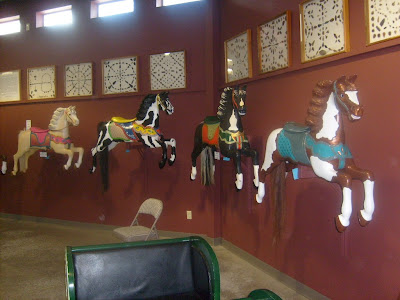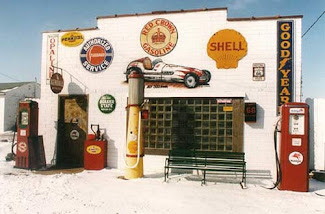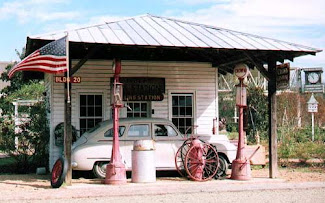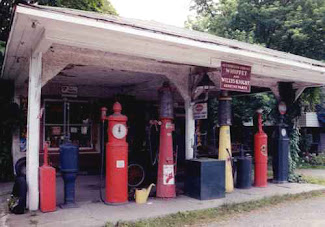In 1915, Henry decided to cut the work shifts back
to a 6-hour day and raise the workers pay to $5 per
day (twice the industry standard pay), then to $6
per day in 1919 and finally to $7 per day in 1930.
This allowed him to run the assembly lines 24-hours
per day.Workers had to stay at their work station
until relieved for lunch and bathroom breaks, and
then again during shift changes. All workers were
on a mandatory 2-week rotating schedule.
In 1924, car sales for Ford were at 49.0% while
Chevrolet was at 7.7%. By 1926 Ford had
slipped to 36.2% while Chevrolet had climbed
to 16.2%. The Model T had become out of date
with the other car manufacturers in body style
and colors, engine power and ease of use. Henry’s
son, Edsel, and other executives spent several
years convincing Henry that a new Ford model
needed to be developed before he finally caved
into them. The new model was to be neither an
update nor a restyling of the Model T. The new
Model A Ford (1928-1930) was being designed
while still finishing out production of the Model T
in 1927.
The 15th million Ford was produced in 1927. Ford
estimated the cost of retooling the factories and car
sales losses at $100 million, while others estimated
costs closer to $250 million.
Ford started a newspaper campaign talking about
the new Model A Ford months before the first car
was ever produced. Millions of people awaited its
unveiling in December of 1927 and over 500,000
orders for the new model were written. An average
of 20 cars per day were being produced by October
1927, and the number had risen to 8,000 cars per
day by the end of 1928. Over 5 million Model A
Fords were eventually produced in the US between
October 21, 1927 and April 30, 1932.
The first Model A produced was a Tudor model
with engine number A1. This car eventually had the
body changed over to a Phaeton body and was given
by Henry Ford to Thomas A. Edison in 1928. The
new Model A Fords looked a lot like the Lincoln cars
and were also call “the baby Lincoln” car. Car bodies
were now to be painted in a variety of colors with
complimenting pin stripping. Some car bodies had a
single color while others could be painted in two colors.
The fenders were always painted black.
The early 1928 (E28) Fords had a sliding gear 3-speed
transmission attached to a multi-disc clutch, a 203 cubic
inch engine rated at 40 HP at 2200 rpm, a Zenith
carburetor, an Abell starter with ½” shaft, a laminated
Safety glass windshield, four wheel mechanical brakes,
a safety/parking brake setup that used the same main
brake shoes, a five brush Powerhouse generator,
expensive Houdaille double acting shock absorbers
and a red colored steering wheel.
Henry liked using cast metal parts since they indicated
a quality product, in such places as the fender and
running board brackets, the carburetor body, the exhaust
manifold clamp and wheel hubs.
Cars produced by Ford contained lots of metal whereas
the Fordor models produced by Briggs and Murray still
used a lot of wood.
Several states would not accept this common brake
shoe safety/parking brake setup causing Ford to
redesign the complete braking system. The safety/parking
brake handle was moved from the left hand side of the
car frame to in front of the transmission shifter. A new
design for the rear hubs, drums, backing plate and wheels
were required due to the adding of a separate safety/parking
brake shoe in these rear drums. To allow use of the same
kind of wheels on the front of the cars required a redesign of the
front assembly.
The original “A” wheels were made obsolete (renamed “AR”)
and a new “B” wheel was developed. The A/AR wheels and
assemblies are not interchangeable with the B wheel parts.
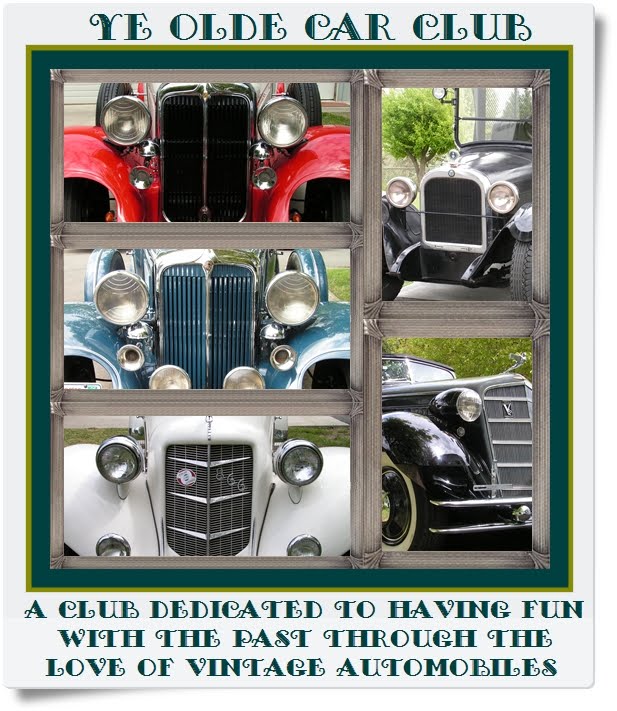



 We need to find a new carburetor, but it runs well, smooth and no problems other than acceleration, all carb problems.
We need to find a new carburetor, but it runs well, smooth and no problems other than acceleration, all carb problems. We will need to rewire the complete car, whoever tried restoring it before had clipped all wires close to the lights and engine. The only body work to be done, is to reseal the top, this was the first year that had metal roof, and not a soft top, and the metal is inserted into the original soft top opening this year, needless to say, it leaks pretty good right now, but once fixed, will look good. There were creases in the grilles guard where it had been backed into, but those were taken care of by the body man.
We will need to rewire the complete car, whoever tried restoring it before had clipped all wires close to the lights and engine. The only body work to be done, is to reseal the top, this was the first year that had metal roof, and not a soft top, and the metal is inserted into the original soft top opening this year, needless to say, it leaks pretty good right now, but once fixed, will look good. There were creases in the grilles guard where it had been backed into, but those were taken care of by the body man. I have located working headlights, the taillights are complete and only need wired in. We have new glass and gaskets, and will be repairing the drivers door, which had been disassembled for some reason, but is all there. Lubrication seems all needed for the regulators, and all hardware is in the car. The windshield is frozen in place, so we will have to work on getting it loose and fixed so opens properly.
I have located working headlights, the taillights are complete and only need wired in. We have new glass and gaskets, and will be repairing the drivers door, which had been disassembled for some reason, but is all there. Lubrication seems all needed for the regulators, and all hardware is in the car. The windshield is frozen in place, so we will have to work on getting it loose and fixed so opens properly.






































